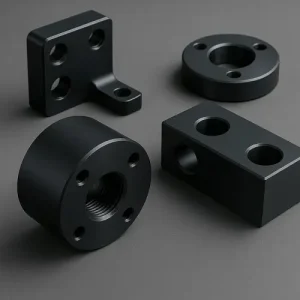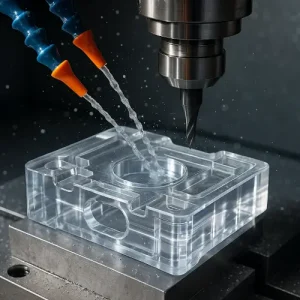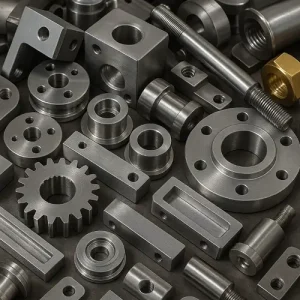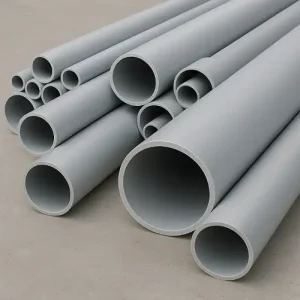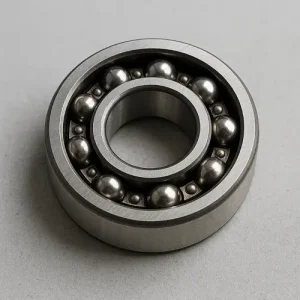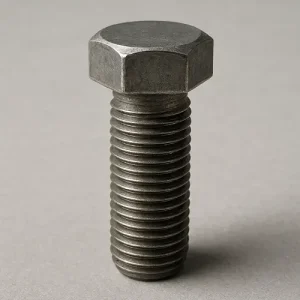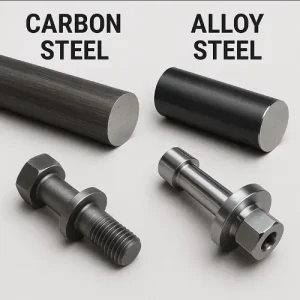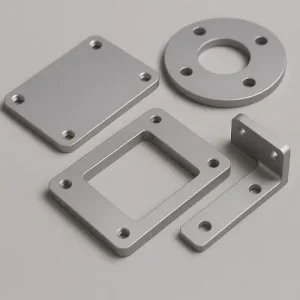Black Oxide Coating in Metal Surface Treatment
Black oxide coating is a widely used finishing process in metal manufacturing. Instead of adding an external layer such as paint or plating, it chemically converts the surface of the base metal into a thin, stable black oxide film. This finish is valued for its uniform dark appearance, dimensional stability, and cost efficiency.
The process …

